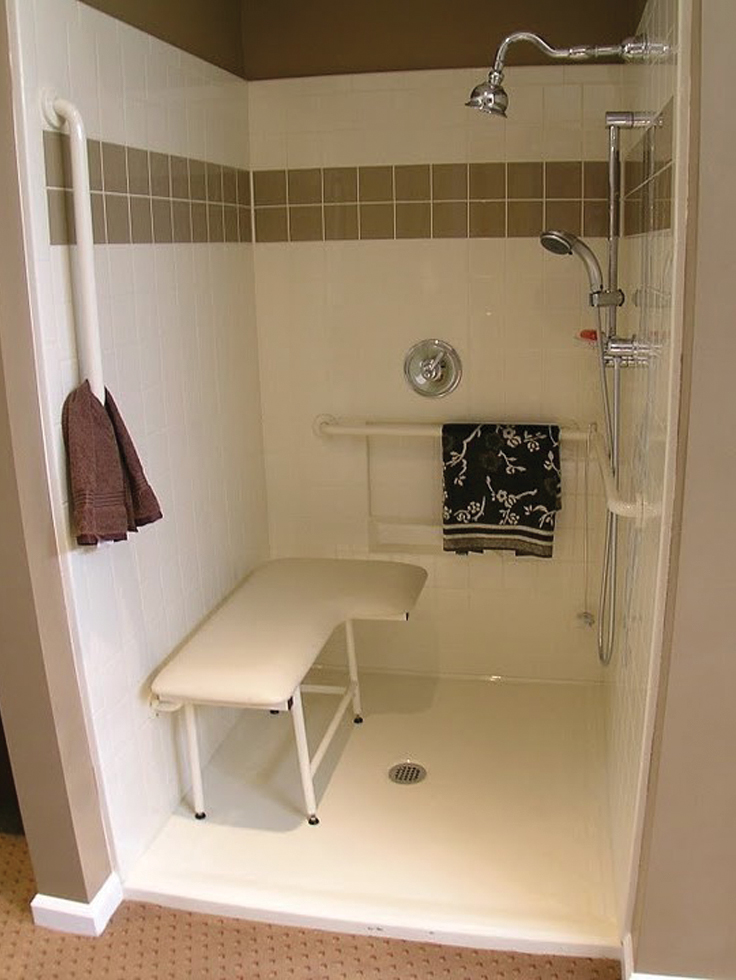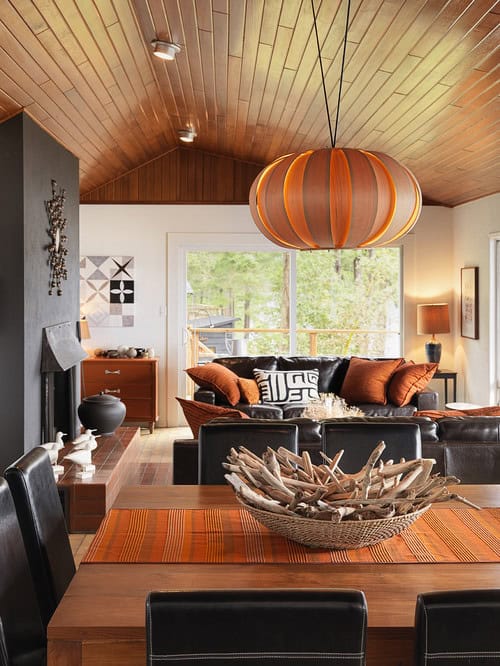Table of Content
- One in four internet users in the US has at least one smart home product or a device.
- Virtualization—The Future of Cellular?
- and the smart home
- Smart Homes: Past, Present, and Future
- Sign up to SMARTHOME news
- Help me identify this early 2000s smart home Tech. Aegis & Future smart? Check album for descriptions.
- How many smart devices can you have in a house?
Connected houses are an exciting area still growing and we are currently only seeing the tip of the iceberg. The data exchanged can be used to improve the user experience and ease of life. The technology can set temperature, adjust lighting, or cook based on your taste and preference. A smart house refers to a home arrangement where appliances and devices are interconnected. Everything can be controlled from anywhere via a mobile phone or other connected devices using internet access.
While this concept is a long way from being widely adopted, it's not that far. Richard Schatzberger, a futurist and artificial intelligence designer, and the founder of futurism consultancy Maison Thirteen, expects to see a rise of what he calls "invisible technology." Infineon remains actively engaged in the Matter development efforts to further extend Matter support across more devices and use cases in the Smart Home and Smart Buildings. On-going efforts include incorporating Matter into the ModusToolbox™ software to make Matter simple and easily available to all customers. Infineon is committed to a roadmap where Matter-enabled devices can be built on any of our existing and future Wi-Fi- and 15.4-based products. Health applications will also drive smart home growth, with the growing aging population and decline in the birth rate.
One in four internet users in the US has at least one smart home product or a device.
This type of home gym, that enables smart workouts either solo or with others — JaxJox has a gym friends feature that lets you work out with a few friends — is the future of home fitness. Along with a few other video-centric competitors something like this feels like the future of gyms. One possibility is to use a centralized decision-making hub that's purpose built to process all data streams across the home. Scientists in Germany have unveiled a robot prototype that can do more than simply clean floors. The device consists of a one-armed and three-fingered arm that can pick up items, clean up, operate various machines, and even serve guests drinks.

A white picket fence and manicured hedgerow aren’t very practical when living yourbest #vanlifein a vintage VW microbus. For the privileged, living in a“co-living” dormin California, a Muji prefab in rural India, or anAirbnb-owned apartmentin central Paris will become a choice enabled by their jobs, not dictated by them. Living where you want to, instead of where you have to, will become the ultimate claim to luxury. Head over to the on-demand library to hear insights from experts and learn the importance of cybersecurity in your organization. Simplified product development because Matter includes an open-source SDK that can be used by any developer. According to a report, 24% of European consumers are ‘Eco Active’ and by 2025 over 40% of consumers’ buying behavior will be more environmentally friendly.
Virtualization—The Future of Cellular?
Smart refrigerators can alert people if any of the produce inside may be going bad. It can also provide cooking recipes and instructions if you need them at a moment's notice. In the kitchen, smart ovens have digital thermometers to regulate the heat of your dish when you are cooking.

Furthermore, some insurance companies cut down home insurance rates by 20% for homes with smart home devices. Statistics also predict that consumers from North America will spend the most on smart home technology, with a 40% share of the projected global spending. The smart home market was worth $64.6 billion in 2019, and it’s expected to reach $246.42 billion by 2025. It’s also estimated that it will have a compound annual growth rate of 25% between 2020 and 2025.
and the smart home
On your return, there’s an unexpected package waiting at your doorstep. In it, there are all your groceries with your favorite brand and also some medicine. Your health sensors and wearables have detected signs of a forthcoming illness and order the required treatment automatically. Most of us envision a fascinating tangle of cables, computers, sliding doors, and enigmatic mechanical voices. It is not only enjoyable to live in such a home, but it is also comfortable, secure, and lucrative. With the advancement of technology, the definition of ‘smart’ too kept evolving.

People are ready for a faster and more reliable internet connection, which is why 5G technology is the driving force behind the smart home device sales. The survey also shows that consumers who have an income of $100,000 and higher, which is about 43%, are more likely to interact with smart home devices. Millennials are considered digital natives, the smart home demand is high among all generations, and smart devices for the home aren’t only for young people. And according to the smart home market forecast reports, there will be 195.8 million smart homes worldwide by 2023. Just as homes will get more innovative in security themselves against outside threats, so too will they get smarter about offering protection from health threats.
The technology is beneficial for both the homeowner and the environment, and anyone can use it, even if they’re not digital natives. Smart home technology is not just for tech-savvy people who want to show off their gadgets. Controlling your lights with an app or your voice has never been easier, so this category has quickly gained popularity. Alibaba dominates the Chinese smart speaker market with 3.71 million sold speakers in 2020. Moreover, around 44% of the owners of smart home systems are parents with children younger than 18. Smart home demographics show that the youth and the male population are more interested in new technologies than women and older people.
As per a presentation from Samsung’s CEO, Tim Baxter, 90% of the consumer electronics devices from Samsung are already IoT enabled, and by 2020 all of their consumer products will support IoT and AI. In the year 2010, Nest labs were founded and then came to their WiFi-connected thermostat a year later, followed by a smoke/CO detector and security cameras. It will not be long before we have more automated helpers at home. Among the most advanced and “smart” toilets on the market, Kohler’s Numi toilet seat pushes the envelope a bit.
It will be a huge convenience for people if there is a single app or interface to manage IoT products for temperature control, lighting, security cameras and power consumption. As more and more devices become connected, the idea of the smart home is becoming a reality for many people. While this technology has the potential to make our lives easier and more efficient, some challenges need to be addressed. When devices are connected to the internet, they are also vulnerable to hackers. This means that personal data and information about our daily routines could be at risk. Two future trends for smart homes are integration and the rise of health-related smart devices.

Alexandra Whittington, foresight director for Fast Future, expects to see a growth in the adoption of antibacterial fabrics in the home. "The latest example I've seen is a scarf that can fight contagious illness and protect the respiratory system from air pollution, for example," she says. "Home fabrics that help keep pathogens away may be important in the case of a future pandemic or the expansion of antibiotic-resistant bacteria." "Light fixtures and light bulbs will phase out," predicts Sheila Trichter, a real estate broker from Warburg Realty. As Trichter puts it, "many things that take up space will need to phase out as population increases and space becomes even more valuable than it is today." The Jetsons is almost reality, with robots poised to take over our household chores and other mundane tasks—potentially with their own personalities, as winning as Rosie the Robot Maid.
Now, people probably cannot imagine life without refrigeration in their homes. Mark Deakin and Husam Al Waer noted in their research -- entitled “From intelligent to smart cities” – that there are four factors that contribute to the transformation of a community into a smart city. S.M.A.R.T. gave warnings to mainframe drives for possible failures in the system.
COACH can determine the state of the task and decide if a person needs a reminder and, if so, which one. The current healthcare model that relies on home visits by nurses, doctors, and therapists is gradually being replaced by new services. Trapollo, a company that Cox Communications has acquired, has been developing different solutions for remote health care. Research suggests that, unlike the current young generation, older people do not want their robots to be too human-like. Many prefer serious-looking robots, so platforms like Pillo—that resemble screens or speakers—might be better received than a robot with a humanoid appearance. Not only is equipment remotely controlled, this home—called Home Life—also features direct connections to family members and health professionals.
Another practical solution is the Milesight WS52X Smart Portable Socket. You can use this socket to turn other appliances into smart devices. With it you can create schedules for the turning on and off of any device which uses the socket. Of course, you can also manually turn it off and on from a distance and you will get details for the energy consumption. A lot has been done during the last few years to change this.
Nonetheless, connected home health is a vision that should be encouraged. It offers plenty of opportunities for patient empowerment and control, as well as lowering health expenses in many situations. Verywell Health content is rigorously reviewed by a team of qualified and experienced fact checkers. Fact checkers review articles for factual accuracy, relevance, and timeliness. We rely on the most current and reputable sources, which are cited in the text and listed at the bottom of each article.
No comments:
Post a Comment